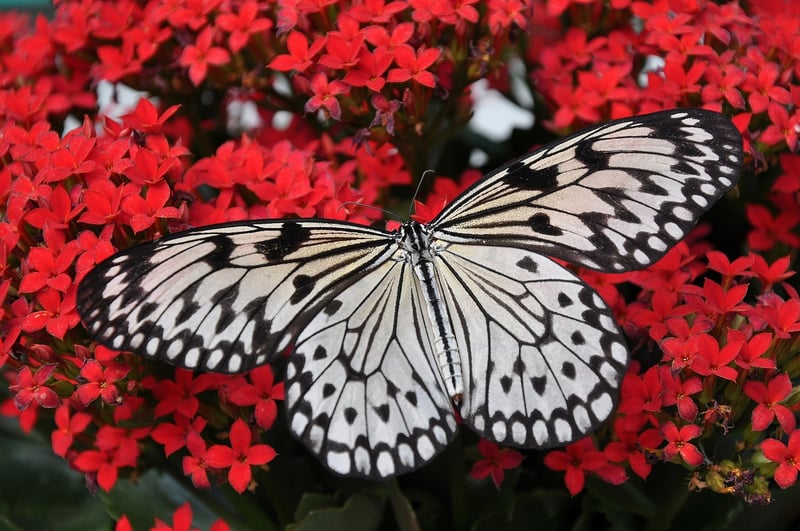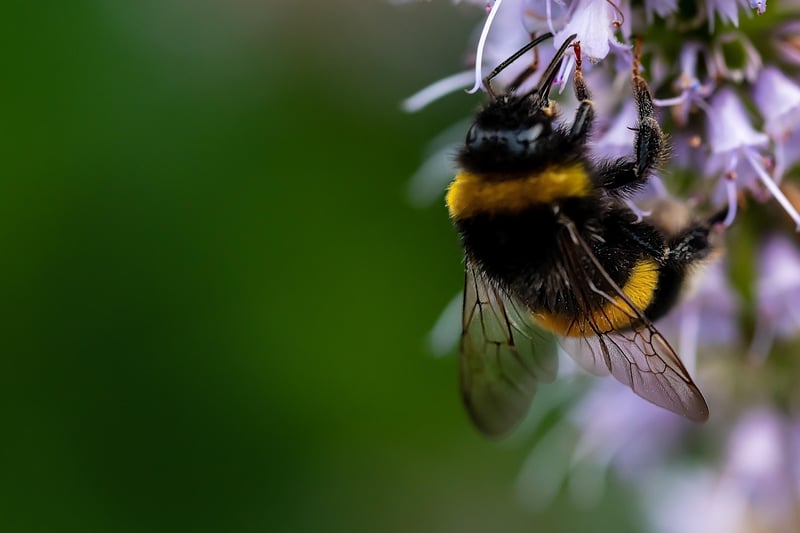Pollinator Gardens
Attracting and Managing Wildlife in Your Pollinator Garden

Welcome to the wonderful world of pollinator gardens! These vibrant and essential gardens not only add beauty to your outdoor space but also play a crucial role in supporting local wildlife, especially pollinators like bees, butterflies, and birds. Here's how you can attract and manage wildlife in your pollinator garden:
Plant Native Species
Choose native plants that provide food and shelter for local wildlife. Native plants are well-adapted to the local environment and are more likely to attract a diverse range of pollinators and other beneficial insects.
Provide Water Sources
Set up a small water feature like a birdbath or shallow dish with rocks for butterflies and bees to drink from. Ensure the water source is regularly cleaned and filled to provide a reliable drinking spot for wildlife.
Create Habitat Diversity
Incorporate a variety of plant heights, textures, and blooming periods to create different microhabitats within your garden. This diversity will attract a wider range of wildlife species and provide shelter for nesting and resting.
Avoid Harmful Chemicals
Avoid using pesticides and herbicides in your garden as they can be harmful to pollinators and other wildlife. Opt for natural pest control methods or choose organic alternatives to protect your garden visitors.
Offer Nesting Sites
Provide nesting sites for bees and birds by installing bee houses, bird boxes, or leaving patches of bare ground for ground-nesting insects. These sheltered spots will encourage wildlife to make your garden their home.
Regular Maintenance
Regularly maintain your garden by weeding, pruning, and deadheading flowers to keep it healthy and attractive to wildlife. Observing and interacting with your garden will also help you understand its unique ecosystem better.
Get Involved in Citizen Science
Contribute to wildlife conservation efforts by participating in citizen science projects that monitor pollinator populations. By recording sightings and behaviors, you can help scientists better understand and protect local wildlife.
By following these tips, you can create a thriving pollinator garden that not only attracts a variety of wildlife but also contributes to the conservation of these essential species. Get started today and enjoy the beauty and benefits of a wildlife-friendly garden!
